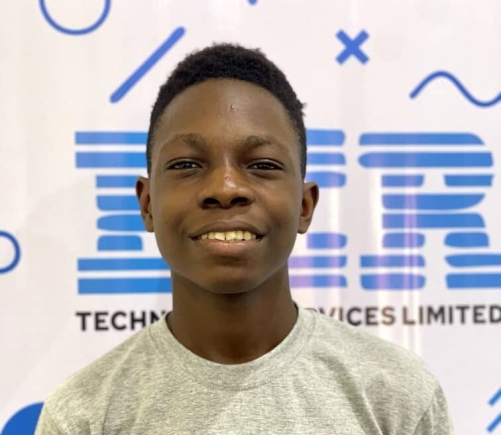At just 18 years old, Obinna Chimdi, a mathematics and computer science student at the University of Port Harcourt (UNIPORT), Nigeria, has developed a groundbreaking platform that could redefine how people interact with artificial intelligence. His invention, called ChatATP, allows users to not only chat with websites but also perform actions—something ChatGPT itself cannot do.
“If you tell ChatGPT to book a flight, it will tell you how to go about it but won’t do it for you,” Chimdi explained in an interview. “With ChatATP, you simply type the request, and the system acts on the website to complete the task.”
Chimdi began coding at 16, armed only with his father’s mobile phone. Within three months, he had completed his first project, teaching himself programming from scratch. Inspired by Mark Zuckerberg’s early rise, he dreamt of building his own AI company.
“I admired Zuckerberg. “He was my idol,” he said. “I loved automation. I wanted to create something useful, something powerful.”
That drive first led him to build a business-focused social media platform he named Wall Street. But ChatATP is by far his boldest and most ambitious project yet.
The journey was not smooth. Chimdi initially pitched the idea to peers but struggled to find collaborators. “Everyone I wanted to work with declined. “They were too busy,” he recalled. Without a team, he spent six months single-handedly building ChatATP, teaching himself frontend and design skills along the way.
Chimdi’s frustration with large language models like ChatGPT sparked the idea behind ChatATP.
“I realised tools like ChatGPT are powerful, but they’re not built to solve problems end-to-end,” he said. “If you ask it to analyse data and send it by email, it stops halfway. You still need to copy, paste, and do the rest yourself.”
To close that gap, he designed a system that connects AI models with websites through toolkits—small connectors that define specific actions, such as checking flight availability, sending an email, or pulling up a university timetable.
But the real breakthrough came with his creation of the Agents2 protocol, which he describes as “HTTP for AI agents.” Just as HTTP standardised how browsers fetch pages, Agents2 provides a universal standard for how AI models interact with toolkits. This makes ChatATP scalable and potentially interoperable with different AI systems like GPT-4, Claude, or Gemini.
Using ChatGPT requires some technical know-how. A user must configure an API key from a major LLM provider, enable relevant toolkits, and choose a model to power their agent. After setup, website visitors can type natural-language prompts, and ChatGPT handles the reasoning and execution.
In practice, this means a student could query a university website for timetables, or a traveller could instruct the system to check and book flights—all without manually navigating the site.
Despite its promise, ChatGPT faces steep hurdles. As of now, Chimdi has only three users—his neighbour and two course mates. He acknowledges that limited adoption and lack of funding pose serious obstacles.
Raising investment is tricky without a larger user base, especially when competitors like AutoGPT, LangGraph, and Lumio AI already boast strong developer communities and significant financial backing.
For now, ChatATP remains a proof of concept. But its creator sees a bigger picture.
“I wanted to build something that shows AI can go beyond answering questions,” Chimdi said. “AI should be able to connect to the real world and actually do things.”
credit: techpoint.africa
Click the link Puretvonline.com | WhatsApp Channel to join the WhatsApp channel
GOT A STORY?
Contact/WhatsApp: +233243201960 or manuelnkansah33@gmail.com

